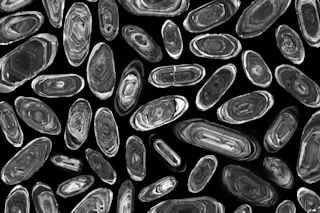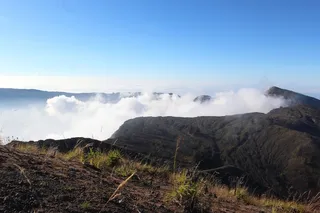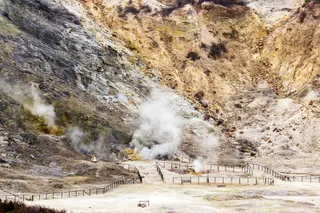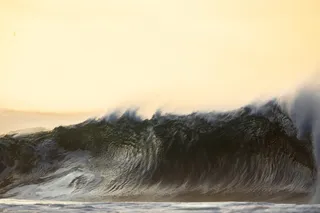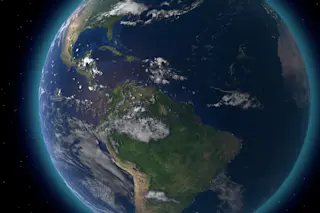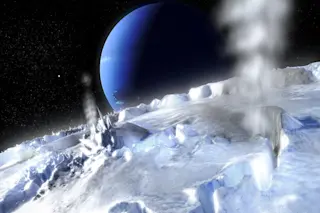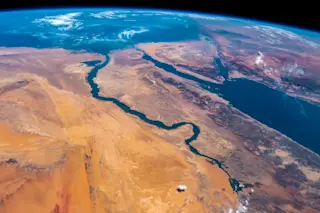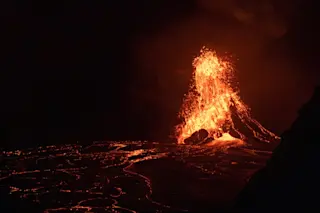Rocks on the coast of Iceland couldn’t possibly tell us anything about the Roman Empire. Or could they? According to a study in Geology, a collection of rocks on Iceland’s coast reveals the severity of the Late Antique Little Ice Age — a period of climate change that may have contributed to the Roman Empire’s collapse.
“When it comes to the fall of the Roman Empire, this climate shift may have been the straw that broke the camel’s back,” said Tom Gernon, a study author and a professor at the University of Southampton in the U.K., according to a press release.
Though the collapse of the Roman Empire can be tied to a variety of factors, recent research has suggested that an ice age began on Earth in the 500s C.E., at about the time of the decline of the Roman Empire. Generated by ash clouds from three separate volcanic ...



